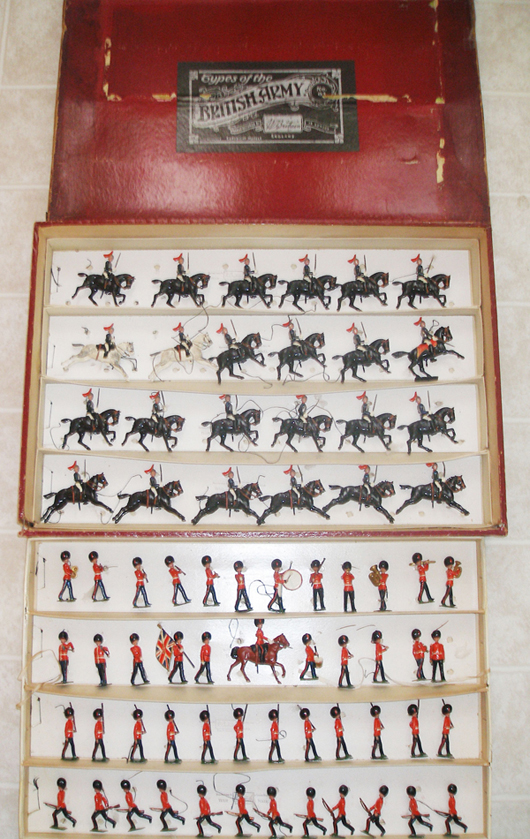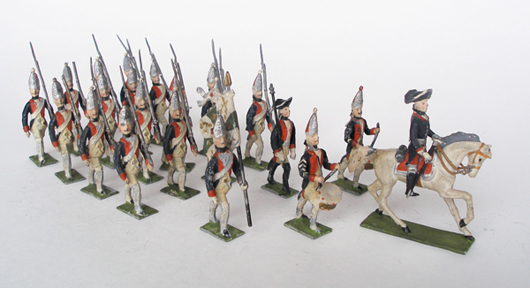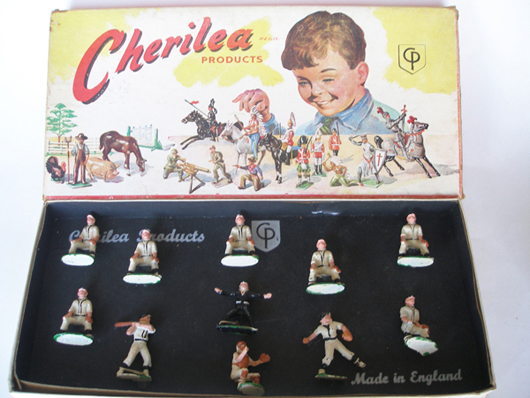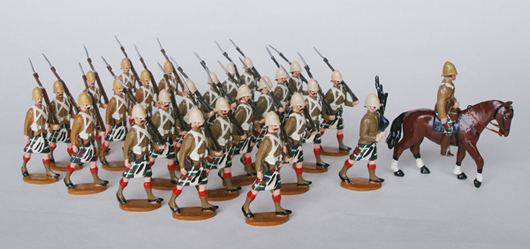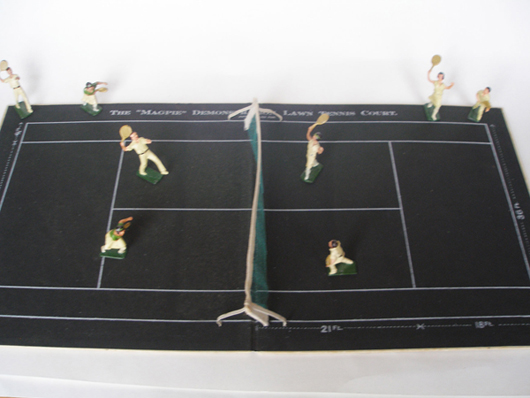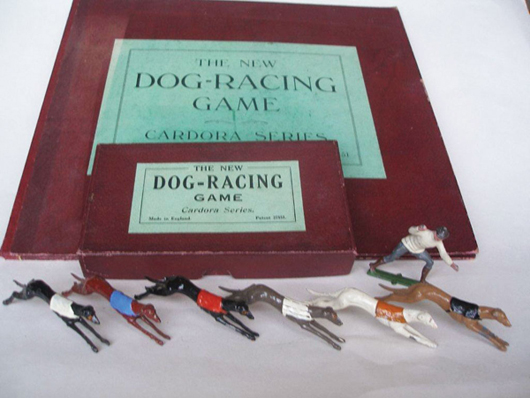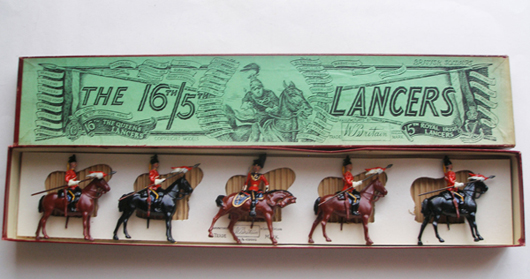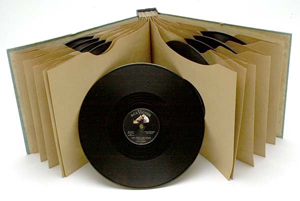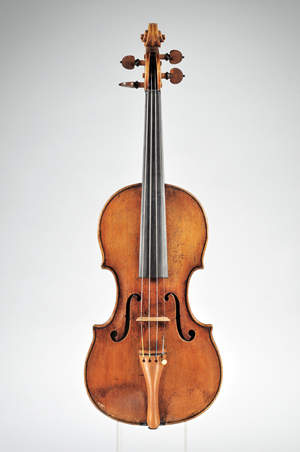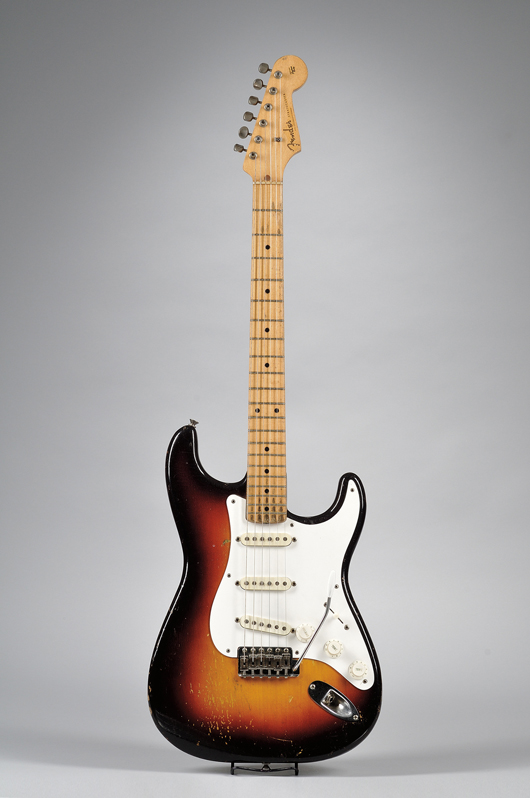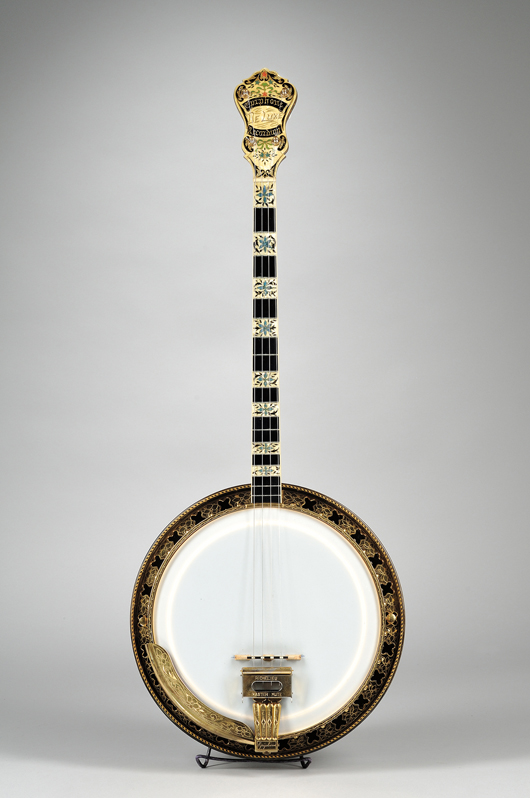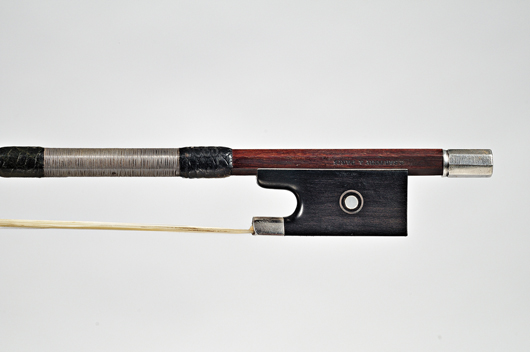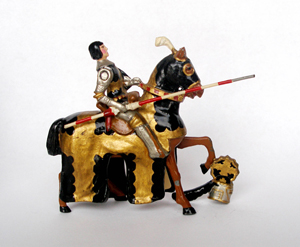
PITTSBURGH – Collectors of toy soldiers and civilian figures – please stand at attention. These are your marching orders. Report to your phone, fax machine or computer on or before May 1 for Old Toy Soldier Auctions’ 655-lot sale of top-quality figures from revered and long-held collections. This exciting event, which is not to be missed, is headlined by the Bill and Don Thompson collection and part III of the John Graham collection, with various other select properties from additional private consignors. Internet live bidding will be provided by LiveAuctioneers.com.
Don Thompson and his late brother, Bill, hailed from Chicago and began collecting toy soldiers at a young age. In 1947, the Thompsons moved to California, and the expansive collection made the journey, as well. There on the West Coast, the cherished toys remained in storage until 2009, when they were unwrapped to be assessed for auction purposes.
“The figures had been exquisitely packed in cotton, and half a century later, the condition is still just amazing,” said Ray Haradin, owner of Old Toy Soldier Auctions. “While some of the sets may not be extraordinarily rare, they are the types of sets that were very popular with kids of their era, and the Thompson brothers took great care of them.”
The majority of items from the Thompson collection, which comprise approximately 120 lots in the auction, date primarily to the 1930s and the height of Britains’ so-called “Whistock era.” As Haradin explained, “Whistock was an illustrator for Britains who did much of the graphic design for the labels and boxes of that period.”
Featured items from the Thompson collection include a Britains Set #12 – the 11th Hussars (estimate $250-$350), a fabulous Set #93, which is a large British Army display containing 71 pieces ($2,500-$3,500); and an example of Set 89, a 30-piece Cameron Highlanders display set with officers and pipers ($600-$700). “These three sets exemplify the many near-mint, prewar Britains military sets to be auctioned in this sale,” said Haradin.
Civilian-figure highlights include a Moultoy Little Red Riding Hood set in its original box, and an array of approximately 30 Vertunni figures, most of which depict members of the French royal court.
A West Coast consignor was the source of 75 lots of desirable Courtenay knights, whose various individual estimates range from $150 at the low end to $800 at the top. “All of the figures in this grouping were purchased new in the 1950s and have been kept in wonderful condition. Also, many of the figures hold banners, which is especially appealing to collectors,” Haradin noted.
Part III of the John Graham collection consists of both early figures and some of the more-contemporary designs by Mignot, King & Country, Banners Forward, Edmunds, Marlborough and Imperial. Essentially all of the figures in this grouping were made in the period between the early 1980s and early 1990s. A special highlight is the early King & Country set featuring glossy-painted Seaforth Highlanders in active service dress. It is expected to make $500-$700 at auction.
Fans of German-made figures are sure to make a beeline for the Heyde lots in Old Toy Soldier’s Spring Sale. A standout is Heyde’s Set #1003, known as The Queen’s Procession. This panoramic circa-1901 set, accompanied by its original box, contains approximately 90 figures commemorating Queen Victoria’s Jubilee. “The figures are from all areas of the former British Empire,” said Haradin. “It shows a lot of diversity and is nearly complete.” Another Heyde favorite in the sale is a large-scale (60-millimeter figures), circa-1905 U.S. Army presentation set.
Other noteworthy lots include a Hafner Frederick the Great set and a nice assortment of Astra and Britains artillery pieces.
Old Toy Soldier’s Spring 2010 Auction will take place on Saturday, May 1. Internet live bidding will be available through LiveAuctioneers.com. Absentee bids, including those placed via the Internet through LiveAuctioneers, must be made no later than 24 hours prior to the sale in order to be accepted.
For additional information or detailed condition reports on any lot in the sale, call Ray Haradin at 412-343-8733 (tollfree: 800-349-8009) or e-mail raytoys@aol.com.
ADDITIONAL LOTS OF NOTE
